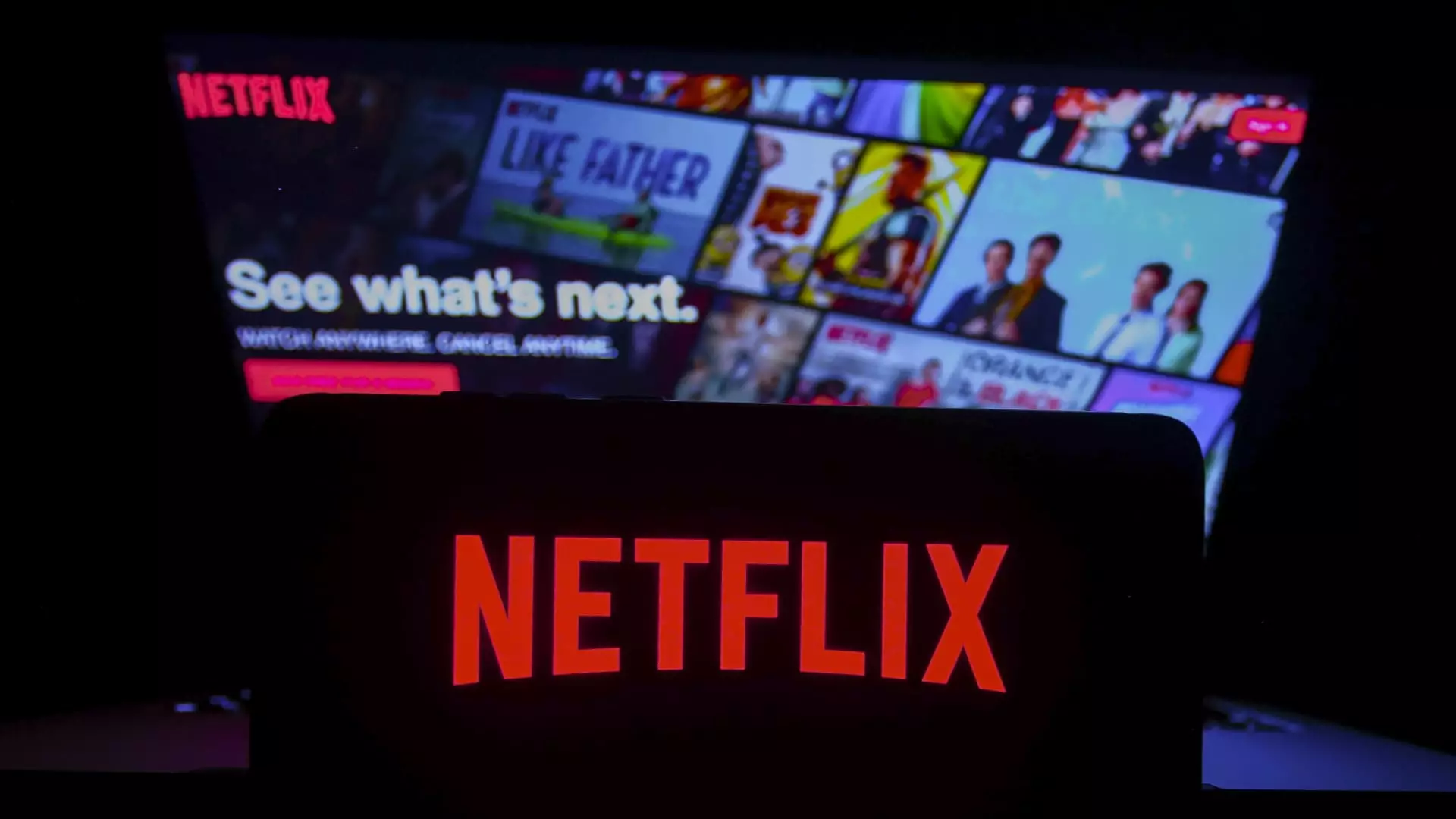For years, Netflix has been heralded as the unequivocal leader in streaming entertainment, a juggernaut that reshaped how we consume media. However, beneath this shiny veneer lies a troubling reality: the company’s grip on viewers is weakening. Despite impressive earnings reports and record-high stock prices just a few months ago, complacency may be the greatest threat to Netflix’s enduring relevance. The rise of free, user-generated content on platforms like YouTube has subtly begun to erode the once-unassailable time spent watching Netflix. The shift isn’t merely about competition; it signals a fundamental change in viewer behavior—more choices, less loyalty, and an increasing propensity for casual, free entertainment. As streaming services become more crowded and accessible, Netflix’s claimed advantage of exclusive, high-quality content might lose its luster in the face of an ever-expanding universe of free alternatives.
Engagement: The Core of Media Power in Decline
Numbers and quarterly earnings are often touted as evidence of success, but real power in media derives from engagement—the total time viewers dedicate to a platform. Netflix’s recent slowdown in viewer engagement is sobering. While the platform still draws a significant number of viewers, the depth of that engagement is diminishing. This trend could foreshadow a future where Netflix’s revenue model, heavily dependent on subscription fees, faces pressure as ad-supported competitors like YouTube start gaining ground. The company’s current strategy focusing on high-budget productions and exclusive hits might be insufficient to sustain growth in this shifting landscape. Without sustained viewer engagement, even positive earnings reports risk becoming outdated relics that mask underlying vulnerabilities.
The Double-Edged Sword of Artificial Intelligence
The advent of artificial intelligence presents both opportunities and threats for Netflix. While AI promises to enhance targeted advertising and cut programming costs, it also democratizes content creation, empowering independent creators on platforms like YouTube. This technological shift could accelerate the ‘blurring’ of lines between professional and amateur content, leading to a flood of high-quality, low-cost productions accessible to viewers without a subscription fee. Such a development threatens Netflix’s premium model, which relies on exclusivity and high production values. If AI makes it easier for creators to produce polished, engaging content outside of traditional studios, Netflix could face a fracturing of its audience, shedding subscribers who find more authentic, personalized entertainment elsewhere.
Is Netflix Still the Media Elite? Time Will Tell
Despite all these warnings, it’s important to recognize that Netflix remains a powerhouse, holding a symbolic and strategic position among media giants. Its extensive IP library, global reach, and history of innovation give it a competitive edge. Yet, if it fails to adapt swiftly to the evolving digital landscape, it risks becoming a legacy brand rather than a future-proof titan. The company’s current cautious optimism might mask an overdue reckoning: the slowing of viewer engagement, rising competition from free content, and disruptive AI technology could precipitate its decline. The question is whether Netflix can reinvent itself before it’s too late—or if it will become a cautionary tale of overconfidence in a rapidly changing media universe.


Leave a Reply